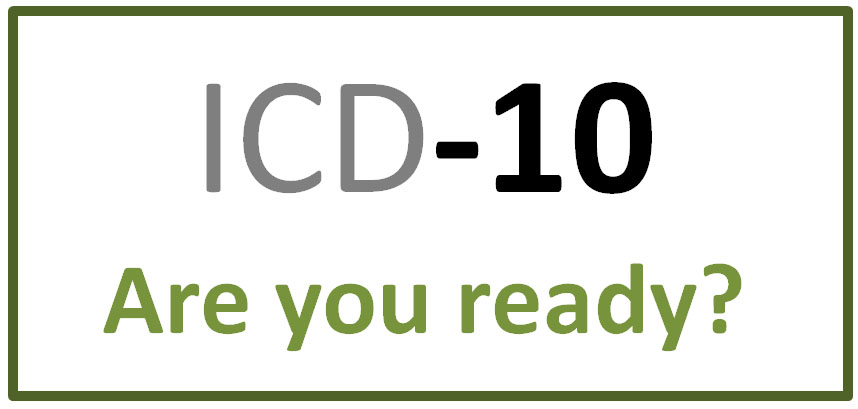
Oklahoma medical board sanction against Thomas Trow, MD, sparked concern over the practices of telemedicine and telepsychiatry. Using Skype, Trow conducted online video appointments and prescribed controlled substances to a patient who ultimately succumbed to an overdose. Trow never saw the patient in person before prescribing the drugs. As a result, the Oklahoma medical board published a ruling on January 16 of this year, stating that telemedicine, “Technology must be HIPAA compliant.”
With growing excitement, doctors and patients are “seeing” each other online through a range of video chat technology platforms. In fact, healthcare innovation like telemedicine is vital to the changing landscape of patient demands and government-driven insurance. For many, the Oklahoma telemedicine ruling brings welcome clarification and an opportunity to educate providers about this new way of practicing HIPAA-compliant telemedicine.
“The last thing the U.S. healthcare system needs is to abandon the idea of telemedicine,” said Daniel Gilbert, president and CEO of CloudVisit Telemedicine. “The technology has tremendously positive implications for providers and patients. To lose out because of one platform — a platform that was never designed as a medical tool — would be real detriment.”
Since the Oklahoma ruling does not specifically cite any brand names, many physicians are left wondering, “Is Skype HIPAA compliant?” Skype’s privacy policy simply states that they, “will take appropriate organizational and technical measures to protect the personal data…” and owner, Microsoft Corp.’s Business Associate Agreement (BAA) explicitly omits Skype. To better understand Skype’s security, one must turn to the Health Insurance Portability and Accountability Act (HIPAA).
- Telemedicine is a HIPAA-compliant method for patient appointments
- Online video appointments must be conducted via a HIPAA-compliant telemedicine platform
- A Business Associate Agreement (BAA) must exist between the healthcare provider and the company responsible for the telemedicine technology
- The BAA must guarantee the HIPAA compliance of all measures for security practices and data encryption
- Providers must obtain informed patient consent prior to conducting online video appointments
- In absence of a BAA and informed consent, Skype is not HIPAA compliant
“It’s important to keep in mind that Microsoft never intended Skype to be a medical tool,” reminds Gilbert. “Beyond significant HIPAA issues, Skype has many operational shortcomings. CloudVisit provides tools for scheduling and billing, plus treatment notes and more. Skype has none of these features.”
In fact, a search of the word “telemedicine” on the Skype website comes up empty. They do not claim to be HIPAA compliant, nor do they position themselves as a resource for the medical community.
As stated, healthcare practices and patients have a lot to gain from online video appointments. The right technology can be highly effective and appropriate for follow-up care, routine appointments, and mental health consultations once a provider-patient relationship is established in person.
CloudVisit Telemedicine provides a HIPAA-compliant telemedicine and telepsychiatry platform for scheduling, conducting, tracking, and billing online video appointments with patients. CloudVisit enters into a BAA with every client.
Originating Source



 When it comes to using CRM software, there are a number of reasons why you want to use it. You need to do all you can to give your business the edge within the marketplace. Customer relationship management software allows you to focus more on your customers, which in turn will fuel your business for success.
When it comes to using CRM software, there are a number of reasons why you want to use it. You need to do all you can to give your business the edge within the marketplace. Customer relationship management software allows you to focus more on your customers, which in turn will fuel your business for success. There are a couple of things you need to first understand before you purchase a printer. They include;
There are a couple of things you need to first understand before you purchase a printer. They include;